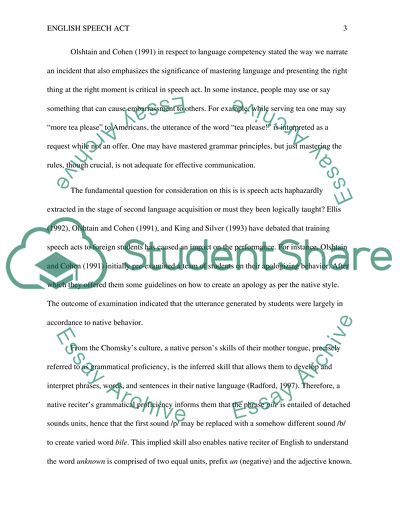Cite this document
(English Speech Act Research Paper Example | Topics and Well Written Essays - 2000 words, n.d.)
English Speech Act Research Paper Example | Topics and Well Written Essays - 2000 words. Retrieved from https://studentshare.org/english/1583095-english-speech-act
English Speech Act Research Paper Example | Topics and Well Written Essays - 2000 words. Retrieved from https://studentshare.org/english/1583095-english-speech-act
(English Speech Act Research Paper Example | Topics and Well Written Essays - 2000 Words)
English Speech Act Research Paper Example | Topics and Well Written Essays - 2000 Words. https://studentshare.org/english/1583095-english-speech-act.
English Speech Act Research Paper Example | Topics and Well Written Essays - 2000 Words. https://studentshare.org/english/1583095-english-speech-act.
“English Speech Act Research Paper Example | Topics and Well Written Essays - 2000 Words”. https://studentshare.org/english/1583095-english-speech-act.


